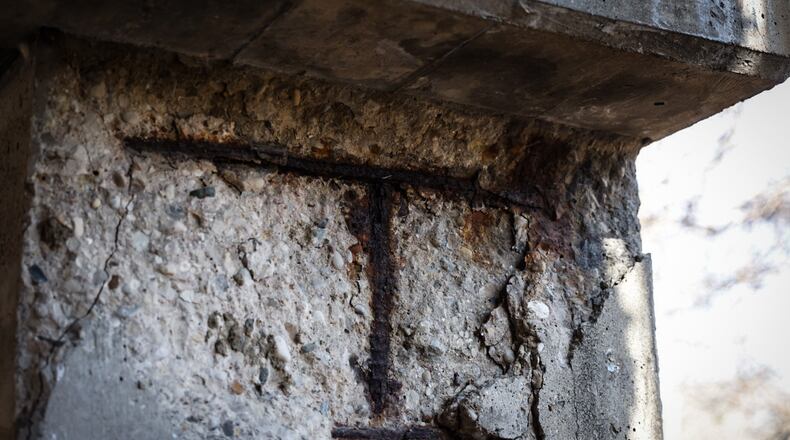“Ohioans understand that our local roads and bridges and other basic infrastructure need ongoing improvement,” said Sam Rossi, spokesman for pro-Issue 2 campaign the Strong Ohio Communities Coalition.
“Our campaign was bolstered by strong bipartisan support from Ohio’s elected lawmakers and a broad nonpartisan coalition that included leaders on behalf of business, labor, agriculture, transportation, public safety and local governments.”
There was no formal opposition to Issue 2.
Issue 2 was a request from the state in the form of a constitutional amendment to issue up to $2.5 billion in bonds to help pay for local infrastructure projects over the next decade.
Approval amends the Ohio Constitution, as the state generally needs constitutional approval in order to go into large amounts of debt.
The bonds will go toward the State Capital Improvement Program and can only be used on roads, bridges, water treatment and supply systems and solid waste disposal facilities, according to the legislature’s nonpartisan analysis.
The state first issued a lump sum of general obligation bonds to fund SCIP in 1987. The approach has now been approved by voters four times since. Issue 2 was the largest such ask in state history, which lawmakers said was necessary due to inflation driving up the cost of projects.
According to Ohio Public Works Commission Director Linda Bailiff, this bond approach has proven to be a successful, responsive way for local governments to make headway on infrastructure projects.
“About 18,860 projects have been funded since the program’s inception,” Bailiff told lawmakers late last year. “Depending on the year, for every $1 of program funds another $2 to $3 is leveraged in other local, state, and federal sources.”
Under the measure, up to $250 million of the total general obligation bonds authorized can be issued each year over 10 years, creating an estimated 35,000 construction jobs.
The Ohio Chamber of Commerce said in a statement that it looks forward to witnessing all the improvements roll out and the jobs they create, saying voters recognized “the importance of modern, reliable infrastructure to Ohio’s quality of life and its economic outlook.”
Though it was listed on the ballot as Issue 2, Tuesday’s ballot measure was the first and only statewide issue to appear. That’s the result of a new numbering system approved by state lawmakers after the elections of 2023 and 2024 featured several ballot issues timed close together and called either Issue 1 or Issue 2. Ohio’s next statewide ballot question will be labeled Issue 3.
The Associated Press contributed to this report.
About the Author

